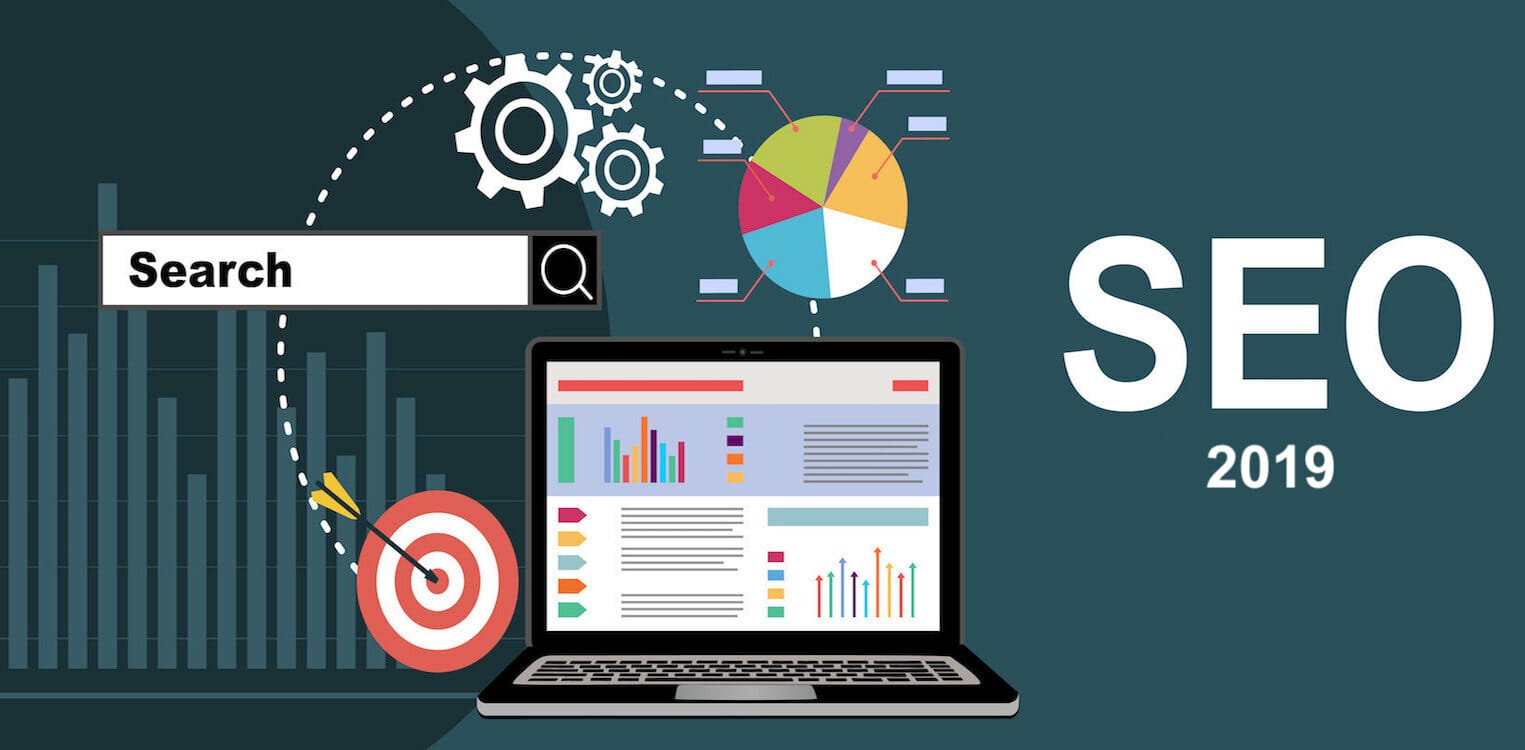Tips to understanding SEO analysis
SEO analysis is the diagnosis of a website’s health. It has the purpose of identifying critical issues and helps in the advising of possible measures for improving a sites position on search engines. The result of this analysis is an evaluation document created specifically for the customer, where the problems encountered on the site are explained in detail. In simple terms, an seo analysis helps outline the best possible technical solution.
When should a website be analyzed?
The analysis of a website is a fundamental activity for any type of platform, be it an e-commerce store or a simple website blog. When should it be done? First of all, in view of the creation of a new website. Secondly it can be used during an SEO friendly migration to help verify that everything has been implemented correctly. Thirdly, in the case of a site lacking in terms of return. There are four basic topics used in a local SEO audit analysis: web presence, site architecture, content and usability.
Presence on the web
- Overview and indexing of resources – When carrying out the technical audit of a website, at first check the pages indexed by the search engine, using the Google site: command.
- Competitor analysis – This step concerns the analysis of positioning in relation to competitors. This command also allows you to check for additional domains or subdomains connected to the corporate site.
- Link Profile – Another aspect that you may consider is the analysis of the link profile. The analysis of backlinks within an SEO audit is very useful to understand the degree of popularity.

Website architecture
- Masts – It is very important because it helps search engines like Google understand which topics are covered by that particular website and what hierarchical level they present.
- URL structure – The URLs should reflect the structure of the site in its subdivision into categories, sub-categories and products. They allow you to make the page’s topic immediately clear.
- Navigation menu – The navigation menu allows the connection of the most important sections of the site because it is the first visual element with which the user who has just entered is measured.
- Hreflang – If the website is multilingual, it needs to be reported to the search engines through the implementation of the Hreflang markup. Hreflang is an attribute that must be inserted into the code of all pages.
- Pagination – This type of markup allows Google to understand that we would like to order these pages in a logical sequence. This attribute is essential.
- 404 errors – Usually, when a user requests a page that does not exist, their server returns a 404 error. That’s why it’s important to find and correct all the broken links on the site.
Website content
- Organic positioning of the site – The choice of keywords is one of the fundamental phases that substantially conditions the outcome of the promotion and the achievement of the set objectives. It is essential to take a look at the positioning of the site.
- Content and duplication – Make sure that the text of the pages has the correct length, is distributed within the paragraphs and is optimized for SEO. Pay particular attention to the presence of duplicated intra or extra domain content.
- Headings – Headings (H1, H2, H3, etc.) are fundamental elements for SEO. The H1 tag corresponds to the main title of the page. The H2 tag identifies the subtitle, while the subsequent tags are used to mark the titles of any sub-paragraphs.
- Title and Description Meta tags – The title tag is the most important element on the SEO side. It is a tag that allows the user to understand what he is looking at. In an SEO Analysis it is necessary.
- Alt of images – Optimizing images for the web is extremely important. A beautiful well optimized and compressed photograph will make the site pleasant for users.
- Internal links – Another aspect of SEO Analysis is internal links. It allows to increase the relevance of the pages and the depth reached.
Usability of the website
- Loading times – Loading time is an important element both for positioning on search engines and for the usability of the site.
- Mobile & Responsive – The use of a responsive layout is now necessary, given the recent introduction of “Mobile First Indexing”. The Google test for mobile devices includes a selection of usability criteria.
- JSON-LD micro data – Marking with structured data is a way of labeling content in order to describe a specific type of information, such as addresses, reviews, prices, ratings, etc.
Conclusions
It is important to clarify that to carry out a professional SEO analysis, it is essential to have advanced SEO management skills. To perform a professional SEO analysis you need a lot of manual work. This activity requires great effort, patience, creativity, passion and a pinch of curiosity. However, it allows you to discover new information, and to think about new aspects. That’s why having a well-defined SEO analysis is a must. A well-done audit can bring significant strategic advantages!

